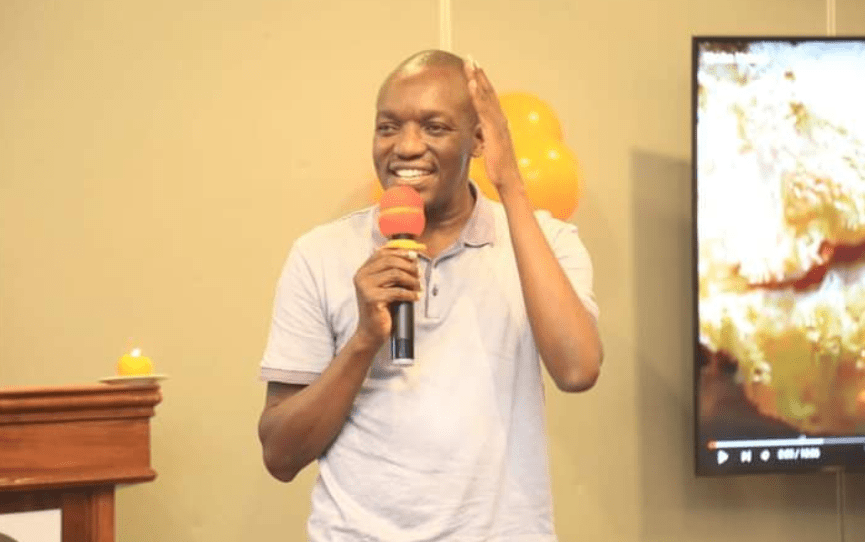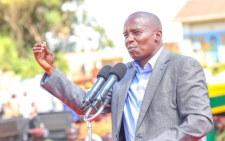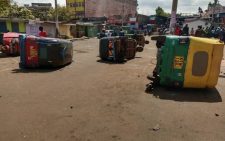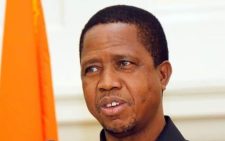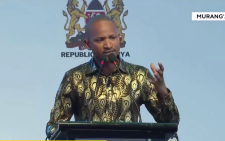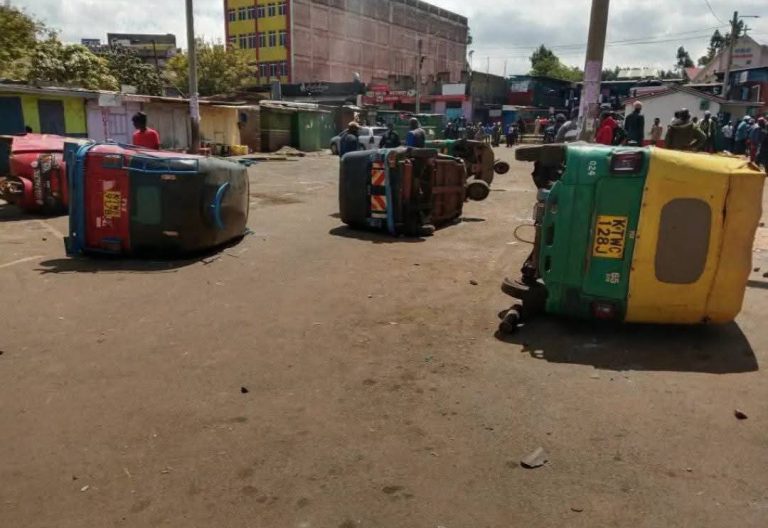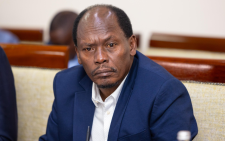Call for urgent solutions over plastic menace
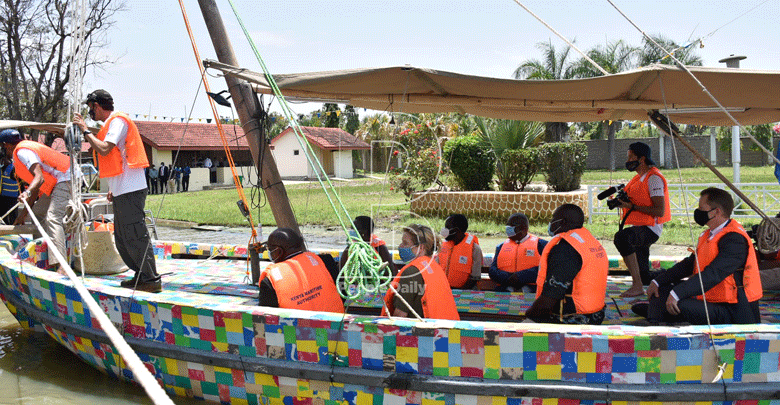
Viola Kosome
Alarmed by the threats posed by plastic wastes to Lake Victoria, authorities are now burning the midnight oil as they seek to find a solution to the problem, which threatens to make aquatic life extinct in the lake.
The situation is so dire that it has now attracted the attention of top government officials as well as all the county chiefs whose counties border Lake Victoria. Activists too have joined the race to eradicate plastic wastes.
In the region, members of the Lake Region Economic Bloc (LREB), a regional body bringing together 14 counties, have challenged their members to formulate policies to control plastics.
Governors from this bloc now want a regional environmental policy to save Lake Victoria from wanton pollution.
On March 4, two governors from the region Cyprian Awiti (Homa Bay) and his Kisumu counterpart, Anyang’ Nyong’o, stressed the need to protect the lake and free it from plastic wastes.
“This lake is a vital resource to us, just like tea or coffee to other people. If we do not take care of it, we will ruin millions of lives that depend on it,” Awiti said.
Lake plastic pollution
He noted that the solution to the problem lies in crafting new policies that can be adopted by county assemblies to boost in the fight against plastic pollution in the lake.
In the region, Homa Bay County has the largest portion of the lake at about 60 percent, with beaches dotted along the shoreline grappling with piles of plastic wastes.
The Beach Management Unit officials say there are more than 100 beaches along Homa Bay’s shoreline.
The situation is worse at islands in his county, while in Migori, the tiny Migingo island is also filled with plastic wastes.
The tiny island has been at the center of controversy with both Kenya and Uganda laying claim to it.
This island is a gem for the fishing industry and is always a beehive of fishing activity despite the dark cloud hanging over its ownership. The deep water that surrounds the island is rich with fish.
Waste management
But just like the other islands dotted in the lake, Migingo too does not have a proper waste management system, which has left the lake seen as the “ideal” dumping site for plastic wastes.
And this is what experts are now calling for concerted efforts to help address.
Questions however remain whether the efforts will come to fruition, with county officials admitting that they are still sourcing for partners as well as funds to make the plan become a reality.
The governor is however optimistic that their plans to exploit the Blue Economy and save the lake will bear fruits.
“Investing in research and development on the blue economy is a priority to us,” says Nyong’o.
Should the plans materialize, it would offer a much-needed boost in the quest to save the lake and rid it of plastic pollution.
According to the Kenya National Solid Waste Management Strategy adopted in 2015, Kisumu city alone produces about 400 tonnes of plastic wastes daily from households.
About a month ago, the department started a fresh initiative to decommission the infamous Kachok dump site located at the heart of Kisumu city, whose relocation plans have flopped despite several attempts.
Environmentalists and residents have been raising concerns over the existence of the dumpsite now nicknamed after politicians.
They claim some of the plastic wastes from the dumpsite is washed into rivers and ends up in the lake.
Concerted effort needed
After years of raging debates, the activists have changed tune and are now calling for a change of approach that involves all stakeholders.
According to environmental activists, solving the issue will require a concerted effort, as fishermen who rely solely on the lake for survival continue to dump plastic wastes.
Michael Nyanguti, an environmentalist and the Chief Executive Office of Magnum Environmental Network, claimed that fishermen who drop plastic containers during fishing expeditions contribute to the huge pile of wastes in the lake.
“If we could find a way of preventing plastics from entering the lake and filter them using nets along the waterways, we would protect the lake,” he said.
He noted that rivers emptying their waters in the lake that are also heavily polluted with plastic wastes are also hurting the lake and aquatic life.
In the region, heavily polluted rivers such as river Nyamasaria and river Kisian have been emptying all manner of wastes in Lake Victoria. Residents have staged protests over the pollution of the river by some industries.
This InfoNile/WanaData story was produced with support from JRS Biodiversity Foundation and Code for Africa as part of the WaterCommons initiative and the Code for All Exchange Program, funded by the National Democratic Institute and the National Endowment for Democracy.
